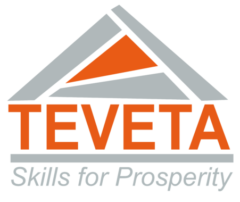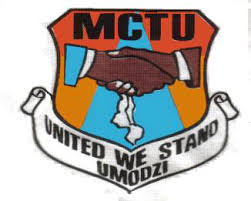NATIONAL TECHNICAL COLLEGES
BACKGROUND
Ministry of Labour is mandated to oversee the provision of technical, entrepreneurial and vocational education and training (TEVET) in the country whilst TEVET Authority was established to facilitate the provision. In Malawi, TEVET is provided by both government and private sector. The government has three levels of training institutions, namely National Technical colleges, Community Technical Colleges and Community Skills Development Centres. Currently, there are seven National Technical Colleges, 14 Community Technical Colleges and twenty-eight Community Skills Development Centres.
National Technical Colleges are the oldest TEVET institutions in the country. The latest National Technical College was built in 1971 and since then the country has been providing TEVET through these colleges until in 1994 when the country experienced the mushrooming of private TEVET institutions as well as all other levels of educational institutions. Pilot Boards of Governors have been constituted in the colleges however, grant-aided colleges have had Board of Governors since their establishment.
List of National Technical Colleges
There are seven National Technical Colleges. Three of these colleges are partly owned by churches and the government. These are known as grant-aided National Technical Colleges.
Table 1: List of National Technical Colleges
| No. | NAME OF COLLEGE | DISTRICT | STATUS | |||
| 1 | Livingstonia | Rumphi | Grant-Aided | |||
| 2 | Mzuzu | Mzimba - Mzuzu City | Grant-Aided | |||
| 3 | Namitete | Lilongwe | Grant-Aided | |||
| 4 | Lilongwe | Lilongwe | Government | |||
| 5 | Salima | Salima | Government | |||
| 6 | Nasawa | Zomba | Government | |||
| 7 | Soche | Blantyre | Government |
Selection of students
National Technical Colleges admit students from all the districts of the country; however, consideration is given on proximity to the college to reduce costs on transport. Selection to these colleges has been done by the government until in 2006 when the responsibility of selecting students was given to TE VET Authority. From 2019, the responsibility of selecting students has been given to colleges. It should be noted that in National Technical Colleges, there are two sets of students and support staff (including instructors). One set of students is selected with supervision of the Ministry and TEVET Authority. These are commonly referred to as Government students. Whilst the other set of students is selected by colleges themselves with no or minimal supervision of the government. TEVET Authority is not involved in this selection. These students are commonly known as Parallel Students. Resources realised from Parallel students are managed by the colleges themselves. In addition to students, the colleges hire staff who are paid by the colleges themselves to supplement on staff paid by government.
Selection criteria are as follows:
- Applicants should be within 16 to 36 years old.
- Applicants must have Malawi School Certificate of Education (MSCE) with passes in Mathematics and any two Science subjects including English;
- Regional ratios, district ratios as guided by the NSO 2018 census data, allowing each region to select no more than the derived ratios of 40: 40:20 for the Southern, Central and Northern regions respectively, an Equitable Access System of recruitment;
- Gender balance at 50:50 for all male dominated trades;
- A ratio of 40:60 males to females for the female dominated trades; and,
- Affirmative action for applicants with disabilities.






